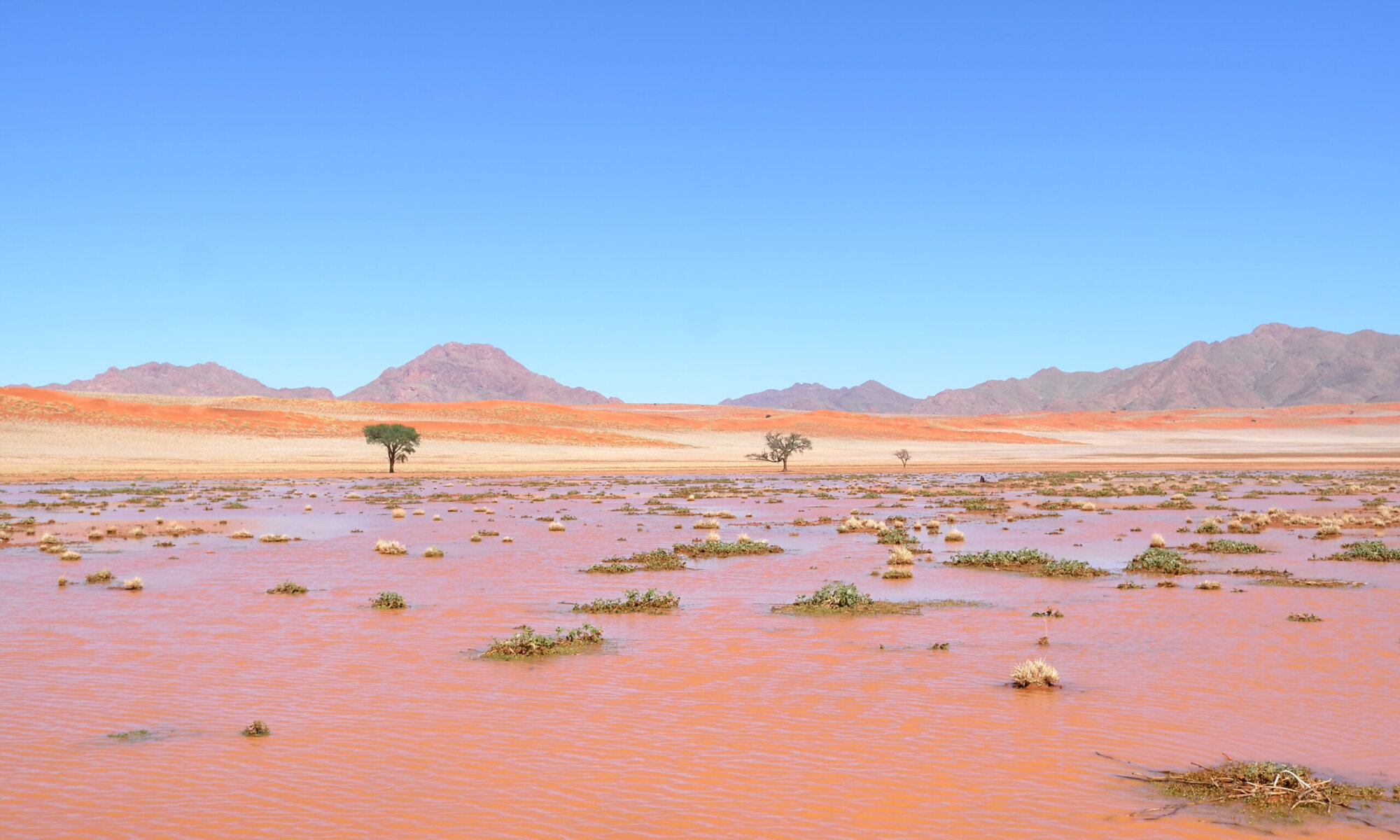Though German South West Africa (as Namibia was then known) was a German colony for a mere 30 years, between 1884 and 1915, German influence has strangely lingered. German is still widely spoken throughout the country. Namibia’s small towns with spotlessly clean streets, neat rows of houses and shops and restaurants which all shut down for the weekend on Saturday at 1pm feel like provincial Germany.
At the end of a 300km road which crosses the desolation which is the Namib desert, sleeps Luderitz, wedged between the Atlantic ocean and the desert. A town which briefly boomed during the diamond rush in the early 20th century, it has remained frozen in time for a hundred years. Its quaint streets, colonial German architecture and colorful houses sit in stark contrast with the desert on its doorstep. Out of place and anachronistic, Luderitz endures, beyond logic.
When I went for a run through the town this Saturday evening, it was eerily quiet, as if it had been suddenly abandoned. I did not see a car or a person in the streets.






